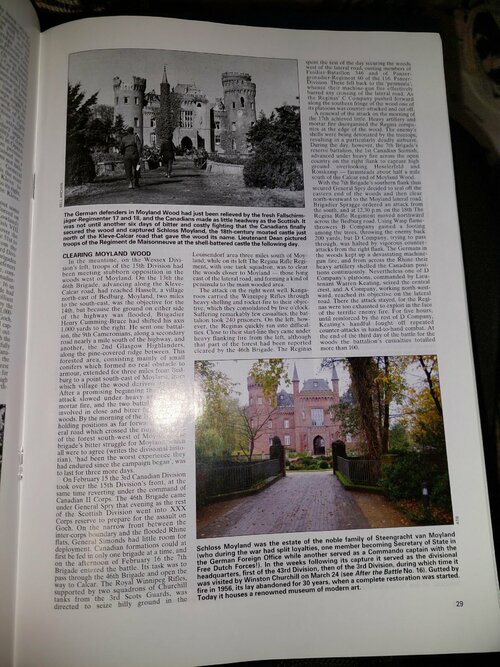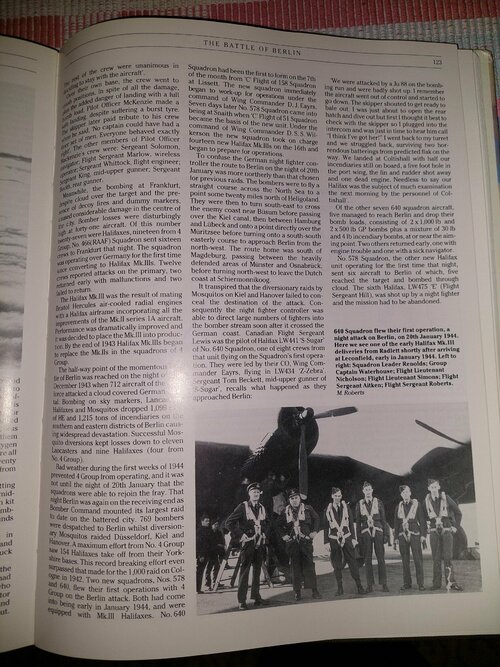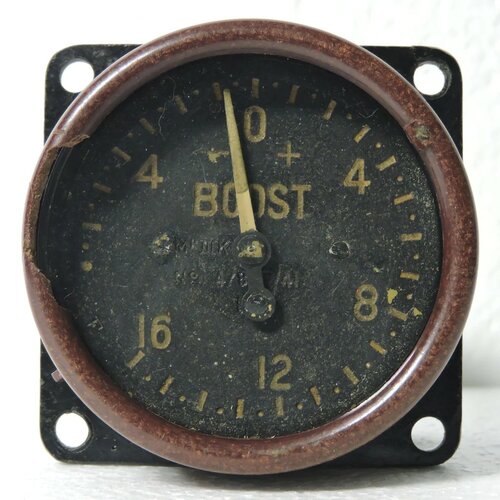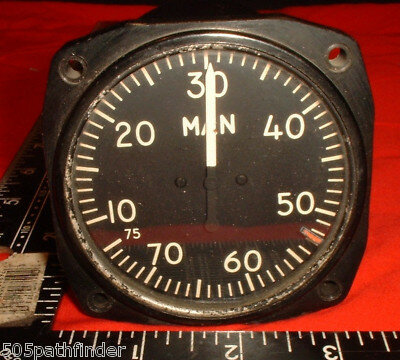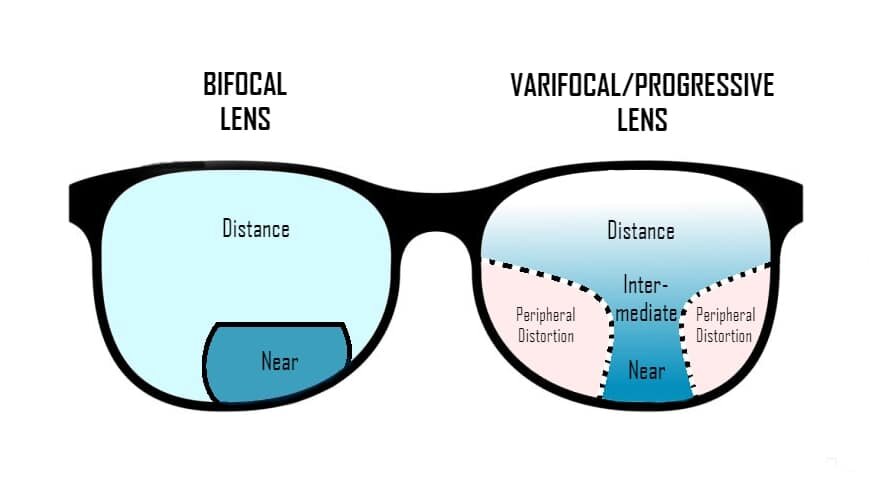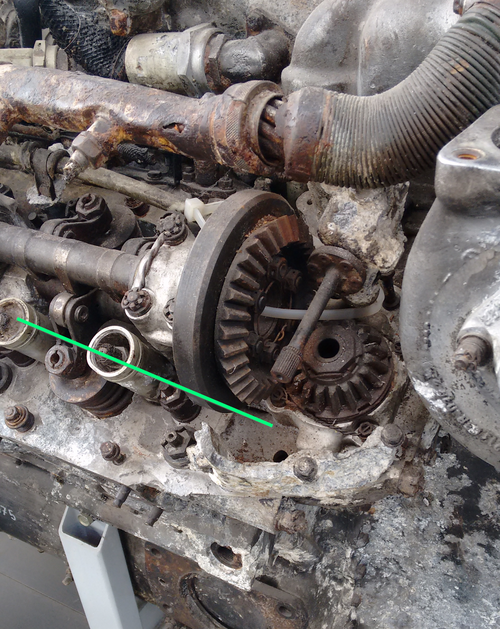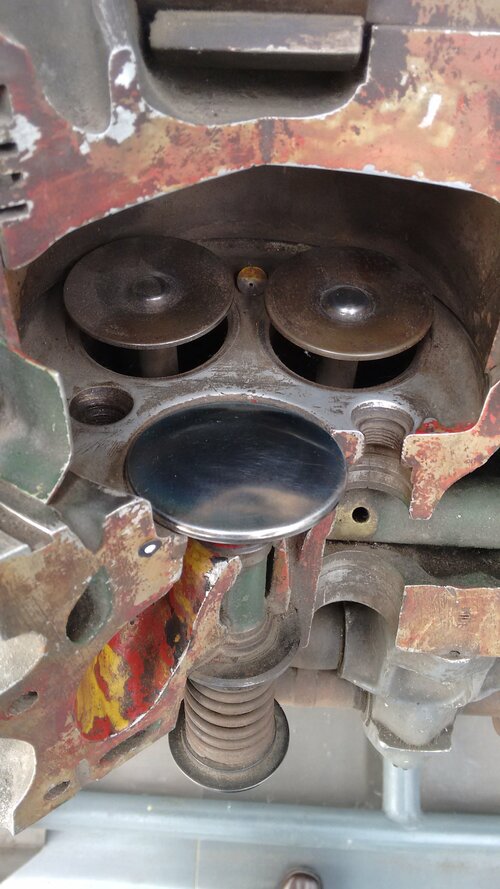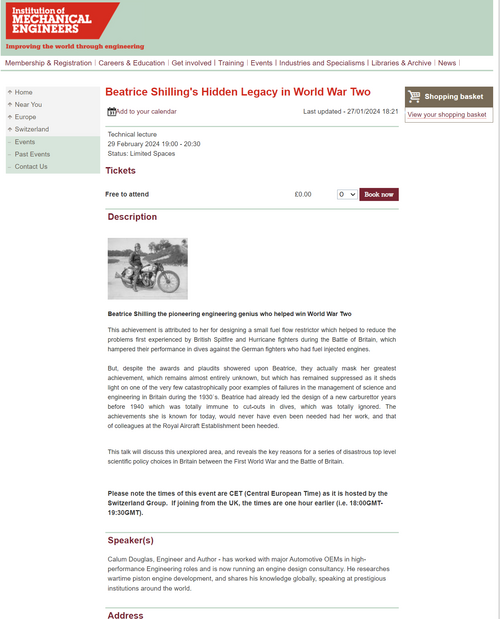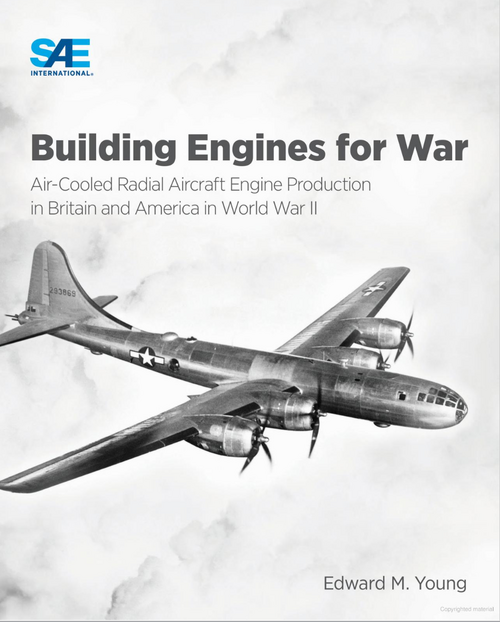I have a little time now to address some of the points raised.
The 'Clear Print' guidelines are primarily aimed at Public Sector information publications, such as, as sienar says, leaflets and pamphlets ( and the instructions for screening, and COVID, test kits for example), as well as utility bills, etc., and therefore not entirely appropriate for books and magazines. 12pt text, for example, is too big for a book, this would lead to an excessive page count (= cost).
The main point I was trying to make was this :-
'The font that you use should be clear in its design, without too many flourishes. Avoid ‘handwriting’ or ‘fancy’ fonts'
@Apophenia,
@sienar; I'm afraid typography is as much a victim of fashion as anything else nowadays, so yes, 'make it look different to the old stuff' is indeed what happens, especially if you're selling a new edition of a book that has no additions or revisions to the previous edition . . .
@Paseolati, the 'Clear Print' guidelines only advise Left Aligned text, this does not automatically mean ragged right, fully justified is acceptable, indeed preferable. No more than two columns, though, as more leads to excessive word splitting, with or without hyphenation. Sorry, but your sample is foul, to use the word we would call that when i worked in the print trade, 'Tombstones' . . .
An example of good design that I would give would be Chris Gibson's Crecy titles.
Again,
@Apophenia, your typography studies may have been in the late Pliestocene, but what you learned (apart from the basics) has definitely gone the way of the mastodon . . .
cheers,
Robin.

